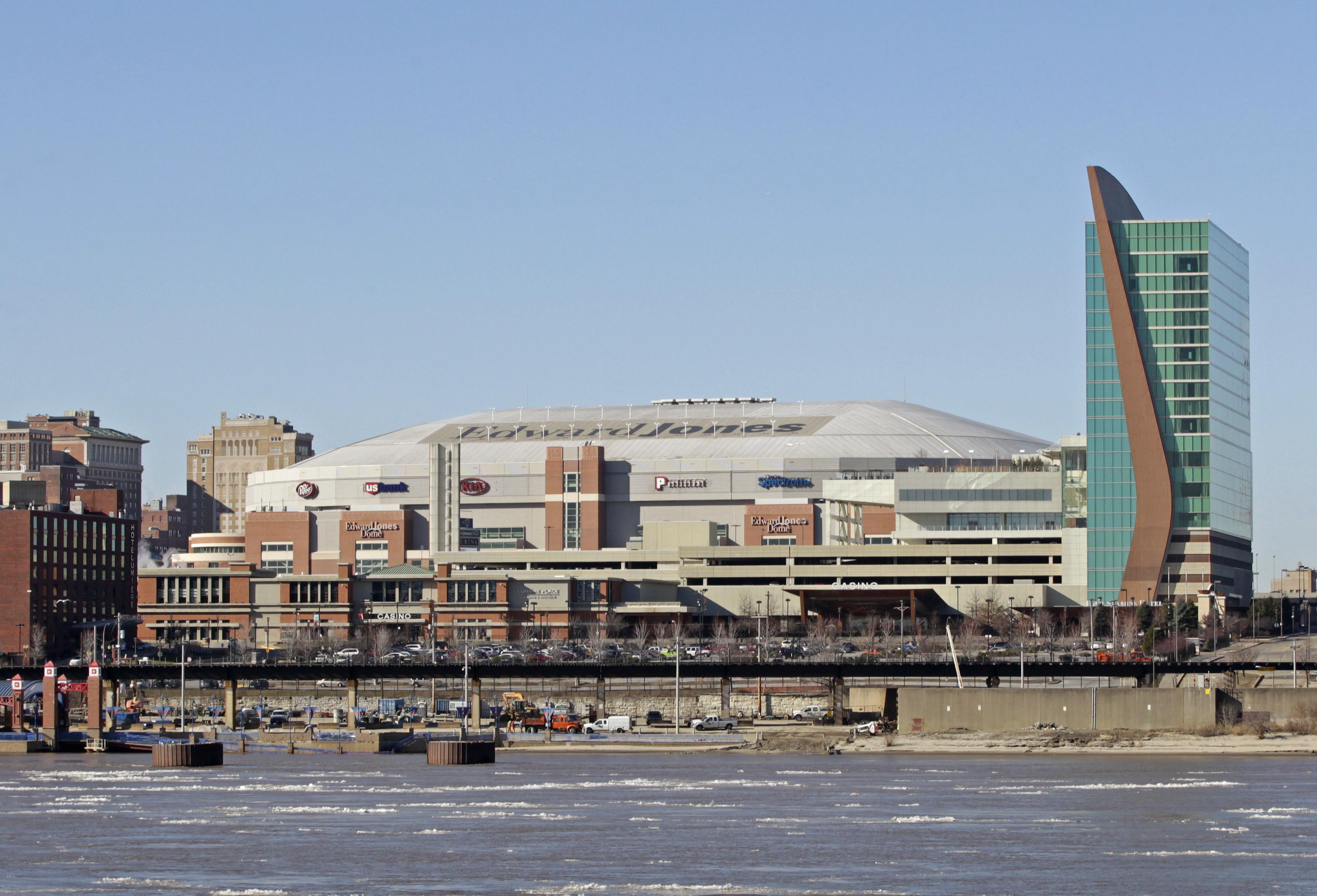Now that the Rams are moving to Los Angeles, the city of St. Louis no longer has a (generally mediocre) NFL franchise to call its own. It is, however, still stuck paying off the bonds used to finance the team’s old home, the Edward Jones Dome. Reuters reports Wednesday that the stadium is still “saddled with about $144 million in debt and maintenance costs.” Without the Rams around to chip in, covering that bill is about to get more expensive for residents, who will no longer enjoy the collateral benefit of watching their home team stumble toward a sub-.500 record year after year. From Reuters:
Taxpayers will now shoulder the remaining payments for the Edward Jones Dome with only the help of revenue from tractor pulls, volleyball tournaments, concerts and the like.
St. Louis Board of Aldermen President Lewis Reed has asked the NFL to help pay off the stadium, but so far has gotten no response.
“The fans are being left holding the bag,” Reed said. “I think they should factor that into the total cost of the move.”
Right. Roger Goodell would surely sooner feed his first-born to a tank of pirahnas.
Thankfully, the city of St. Louis, with its population of about 317,000 and recently downgraded credit rating, isn’t responsible for the full cost off the entire debt. According to the local Fox News affiliate, the city contributes about $6 million per year toward the stadium’s bond payments, while St. Louis County pays another $6 million and the state of Missouri covers another $12 million. Taxpayers still owe $129 million on the bonds alone, which are scheduled to pay off in 2021. Previously, the Rams paid $500,000 per year to use the facility.
All of this is another object lesson in the hideous economics of professional sports stadiums—which are, according to pretty much every credible expert, a waste of public money. When teams lobby for a government-subsidized facility, they regularly hire consultants to produce optimistic reports claiming the new stadium or arena will become an anchor for future economic development as new businesses sprout around it. This is basically a fiction: Fans tend to spend on sports tickets in place of other entertainment, so a football team’s gain is the local movie theater’s loss. Meanwhile, the team’s profits go disproportionately to owners and players who often live out of town, thus funneling money out of the local economy. But beyond all that, those sunny predictions about costs and benefits never take into account the possibility that the team will simply peace out of town before the city is done paying down the cost of their field, leaving behind an enormous white elephant that will likely need to be demolished, since any new professional sports franchise in town will inevitably demand its own new stadium. Likewise, those reports don’t factor in the likelihood that teams will use the threat of leaving to demand publicly financed upgrades in the future.
Anyway, poor St. Louis. The NFL is a vampire. So it goes.
*Correction, Feb. 3, 2016: This post originally stated that taxpayers still owed $129 billion on the bonds, which is obviously implausible. Thankfully, that $144 million figure cited in the first paragraph was right all along.
